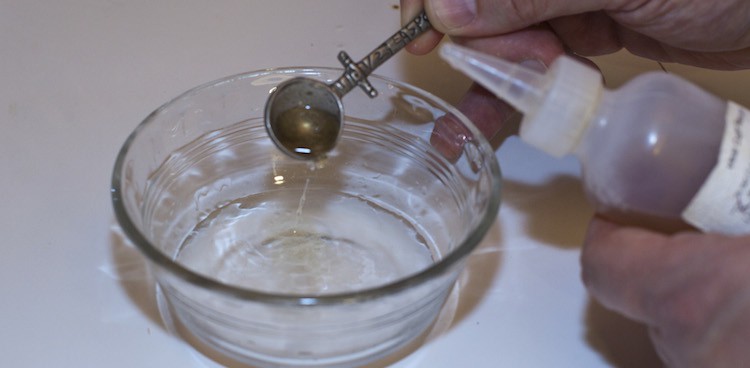
I’m a cheese lover, so, please, don’t take me wrong. I’ve just started reading about the art of cheesemaking and I’m genuinely curious. How does the process of obtaining the rennet work? How many baby animals are killed to get rennet for how much cheese?
Firstly, it is important to know that animal rennet is very much a by-product from young animals. It is extremely unusual for an animal to be killed only for production of rennet because, quite apart from anything else, it does not make economic sense and would be very wasteful of the rest of the animal.
The process for obtaining animal rennet is that the fourth stomach (containing the necessary enzymes for coagulation) of the ruminant animal is dried so that it becomes solid. The process varies slightly according to geography and scale of production, but in remote areas the dried stomach is then cut into strips or pieces and preserved in some way, occasionally in salt or just refrigerated. When the time comes to create the rennet, a small piece is soaked and rehydrated in water and then the water—minus any solids—is added to the vat of milk.





35 thoughts on “Where Does Animal Rennet Come From?”